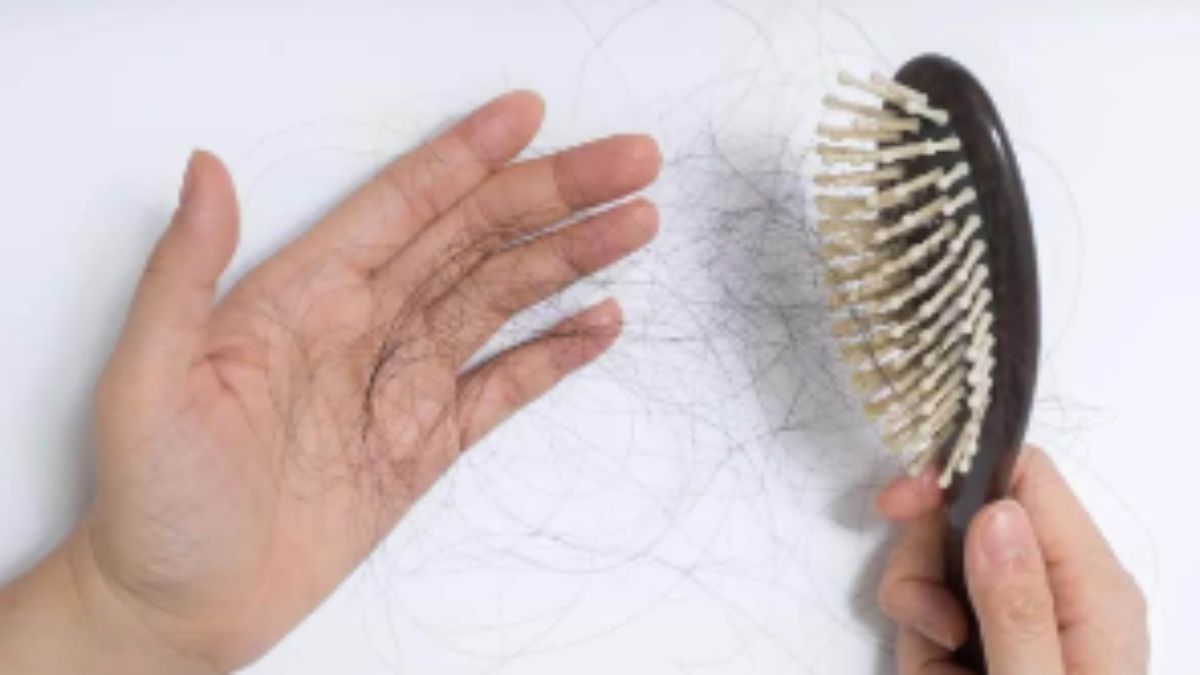Androgenetic alopecia solved? Dormant hair follicles can be reawakened, study finds

Hair loss may no longer be the irreversible condition it was long believed to be. In a major breakthrough, scientists from India and the United States have identified the actual molecular triggers behind androgenetic alopecia—the most common form of hair loss.
It is now found via scientific studies that baldness is not caused by dead hair follicles, but by dormant ones that can potentially be reawakened.
Published in the peer-reviewed journal Stem Cell Research & Therapy, the landmark study challenges conventional treatment models by shifting the focus from cosmetic management to biological restoration.
The study, which was released recently, maps out the entire network of cellular signals that govern hair growth and identifies precisely where these signals fail in those individuals who suffer from "unexplained balding."
The research was led by Indian dermatologists and scientists from The Esthetic Clinics and the QR678 Research team, in collaboration with U.S.-based dermatologist Dr. Michael Gold. The study has Indian Co-authors such as Dr. Debraj Shome, Dr. Rinky Kapoor, Dr. Deepti Bellani, Dr. Raji Patil, and others.
What is the study about?
At the heart of the study is a new understanding of five critical signalling pathways that regulate the hair follicle cycle. In people with androgenetic alopecia, the communication between these pathways breaks down, leading to the follicles entering a dormant state.
“In simple terms, the hair follicle’s internal ‘conversation’ with the body’s regenerative system stops making sense,” explains Dr. Debraj Shome, senior author of the study and Director at The Esthetic Clinics. “The follicle isn’t dead—it’s just not getting the right molecular signals to keep growing. This is reversible.”
The paper proposes several biological strategies to “reset” this conversation. These include activators to reignite hair growth, inhibitors to remove suppression triggers
CRISPR gene-editing tools to fix signal misfires and stem cell therapies to recreate a supportive environment around the follicle.
Adding weight to this new biological understanding is a recent study published in Experimental & Molecular Medicine by scientists in Korea, which identifies a specific molecule—miR-146a-5p—as a key suppressor of hair follicle regeneration.
Released by aging skin cells, miR-146a-5p was found to silence critical genes responsible for hair growth. And so scientists found that blocking this molecule could restore the ability of cells at the core of hair follicle activity to give rise to new hair growth.
This reinforces a growing consensus in regenerative medicine that hair loss is not a problem of follicle death, but of cellular miscommunication and one that may be corrected at the molecular level.
Are the results promising?
Some of these approaches have already shown promising results in lab-grown tissue and animal models. Human clinical trials are expected to begin within the next two years, say the experts.
The global hair loss treatment market, currently valued at $4 billion, is dominated by surgical transplants which do not address the root biological issue.
“This is not about slowing down hair fall anymore,” said Dr. Deepti Bellani, lead author and head of Medical Affairs at QR678. “It’s about switching the growth engine back on. We're talking about genuine regeneration.”
Dr. Michael Gold, one of the co-authors and a globally respected dermatologist, called the study “a paradigm shift in how we understand and treat hair loss.” " the path is now clearer for non-surgical and more permanent solutions," he added.
The study also marks a growing moment for India in the global regenerative medicine landscape.
While this research represents a milestone, the scientists caution that safety trials, long-term studies, and personalised treatment frameworks are essential before wide-scale clinical use.
Dr Shareefa Chause, Dermatologist from Mumbai tells THE WEEK that Androgenetic alopecia, commonly referred to as male pattern baldness, is prevalent among Indian males, "with an estimated prevalence ranging from 20% to 30% in younger men and it increases with age. Factors contributing to hair loss in this demographic include genetics, hormonal changes, diet, stress, and environmental factors."
Still, the discovery is expected to shift not just medical approaches but also public perception around hair loss. “We’ve long thought of baldness as a cosmetic concern, almost a vanity issue,” said Dr. Bellani. “This study reframes it as a regenerative breakdown—one that science can address at its root.”
If successful, the findings could one day render invasive hair transplants and lifelong drug regimes obsolete.
Health